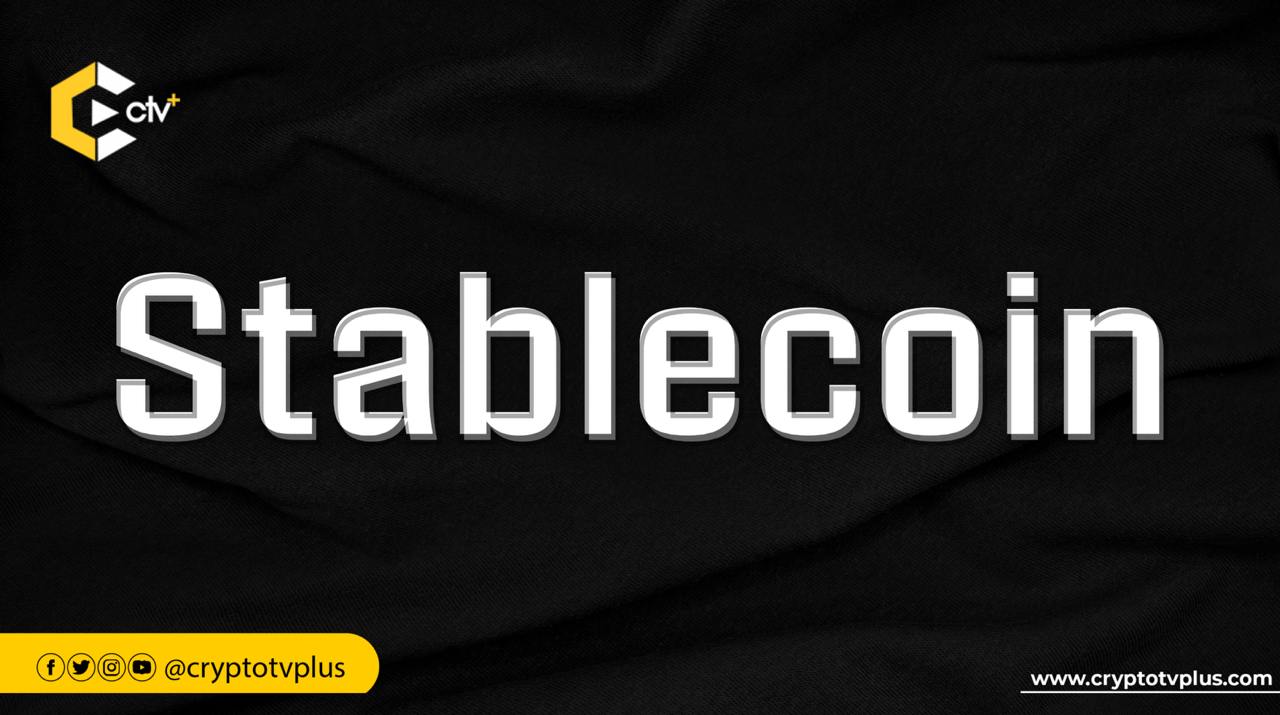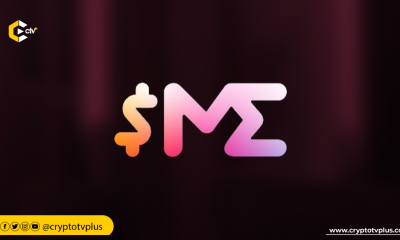News
Why tighter regulations could lead to rise of dark stablecoins

As regulations become stricter, a new wave of ‘dark stablecoins’ may begin to surface.
Ki Young Ju, CEO and founder of CryptoQuant, shared in a post on X that we may see the rise of ‘dark stablecoins’ in the coming years.
Due to the absence of regulatory barriers, various groups have relied on stablecoins to store assets; Ju believes this could shift with upcoming policy changes.
“Soon, any stablecoin issued by a country could face strict govt regulation, similar to traditional banks. Transfers might automatically trigger tax collection through smart contracts, and wallets could be frozen or require paperwork based on government rules,” he said
“People who used stablecoins for big international transfers might start looking for censorship-resistant dark stablecoins instead.”
Ju points out that because Bitcoin is decentralized and built on cypherpunk principles, regulators cannot easily control or regulate it.
In contrast to fully decentralized assets, stablecoins bridge the gap between digital finance and conventional currency, which requires regulatory compliance.
With dark stablecoins on the horizon, Ju warns that the crypto space may face increased risk and volatility due to these privacy-focused, loosely regulated assets, which will pose challenges for existing oversight mechanisms.
According to Ju, Tether and Circle’s stablecoins have enjoyed a relatively hands-off approach from regulators, but Ju believes that period may be coming to an end.
Ju says that various groups — including miners from China — have relied on stablecoins as a secure asset shelter.
“Governments, except when tackling money laundering, haven’t really interfered with stablecoins,” noted Ju
Ju predicts that the future of government-issued stablecoins will soon involve regulations similar to those in banking, which wil§l require smart contracts for automatic tax collection and wallet freezes in response to government commands.
Decentralized stablecoins could be designed to track regulated currencies like USD Coin with the help of oracle networks like Chainlink.
Read also: Mastercard teams up with OKX, Nuvei for merchant stablecoin payments
Ju noted that, so far, no projects have successfully implemented this model.
Ju speculated that USDT could turn into a dark stablecoin if the company behind it decides to bypass U.S. regulatory requirements in the future.
While not classified as stablecoins, Zcash and Monero offer privacy features that conceal transaction data, allowing users to make transactions without revealing any details on the blockchain.
Similarly, Zephyr Protocol, a project based on a Monero fork, is working to apply transaction-hiding technology to stablecoins, which will keep blockchain transaction data private.
PARScoin protects privacy by masking user information, transaction details, and previous transaction links.
Citigroup’s report showed that the market cap of stablecoins tied to the US dollar continued to increase, hitting $230 billion in April.
Since last year, the market has expanded by 54%, with Tether and USDC holding a dominant 90% share.
Meanwhile, in 2024, stablecoin volumes soared to $27.6 trillion, surpassing the combined total of Visa and Mastercard by 7.7%.

























13 Comments